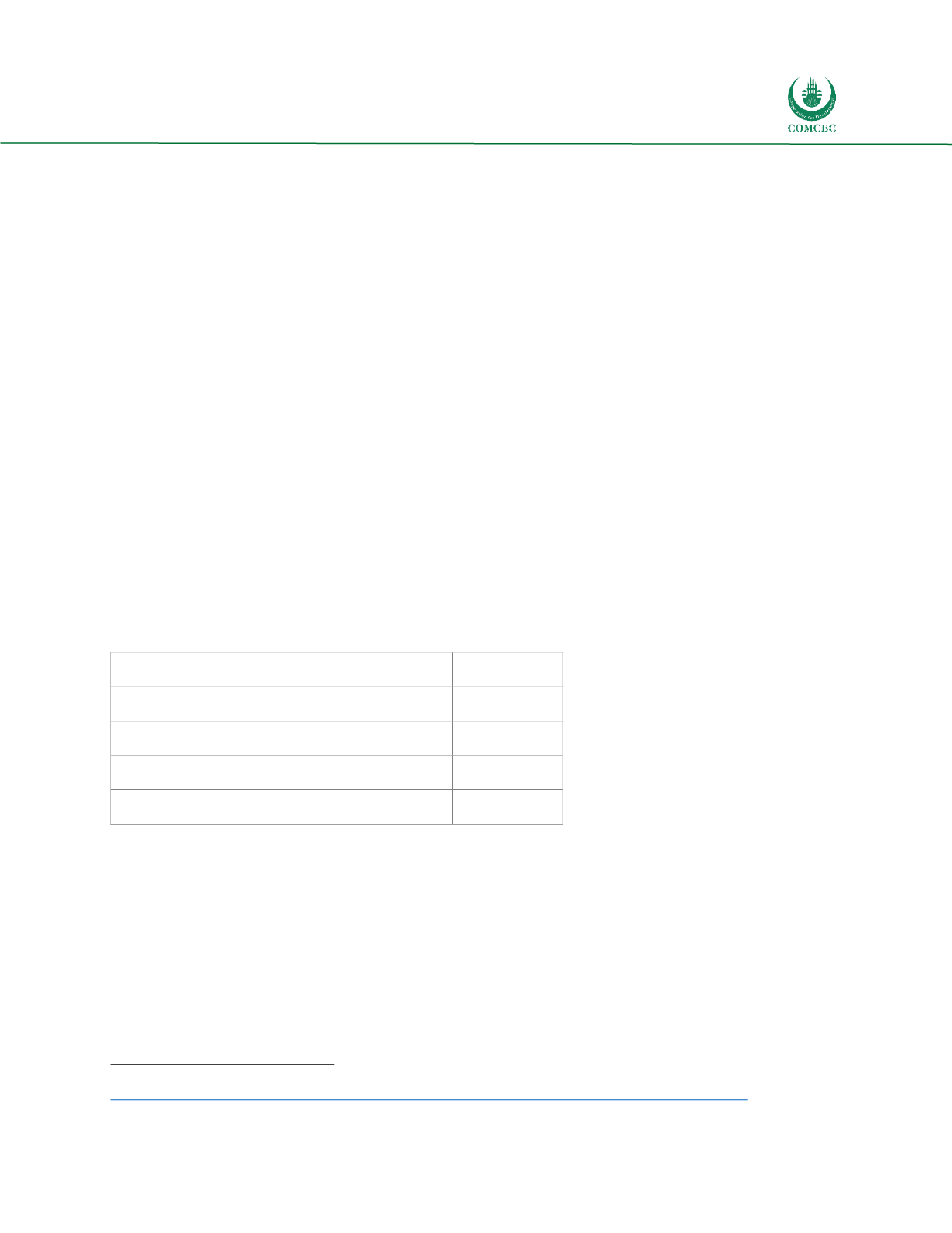

Destination Development and
Institutionalization Strategies
In the OIC Member Countries
73
4.1.3
The United Arab Emirates
Background
A harsh, desert climate with daytime temperatures crossing 45C and night time temperatures remaining
above 30C for more than six months of the year. Limited stock of hotel rooms. An airport that was basic at
best. Very little by way of shopping or entertainment. That was Dubai 40 years ago.
‘Build it and they will come!’ has been the principle behind the transformation of a small pearl diving
village into the city of wonders that is today’s Dubai. It started with the vision of one of the founding fathers
of the UAE and Dubai’s ruler, Sheikh Rashid bin Maktoum. Sheikh Rashid decreed the building of Jebel Ali
port in 1976. And under his guidance, by 1979, Dubai could proudly claim being home to the world’s
largest man-made harbor – Jebel Ali Port.
Ships started coming to the new port. Trade flourished. In 1985, Dubai launched its first free trade zone
around the new port – Jebel Ali Free Zone. Today JAFZA is home to more than 7,000 companies. Merchants,
traders and soon their families started coming and Dubai’s journey to become a tourist destination began.
The Government of Dubai created the Dubai Commerce and Tourism Promotion Board in 1989 with the
objective of making Dubai one of the world’s leading tourism destinations. This board was replaced in
1997 by the Department of Tourism and Commerce Marketing (DTCM). DTCM is the principal authority
for the planning, supervision, development and marketing of Dubai’s tourism sector; marketing and
promoting the Emirate’s commerce sector; and is responsible for the licensing and classification of all
tourism services, including hotels, tour operators and travel agents.
Table 14: UAE 2016 Competitiveness Statistics
253
International tourist arrivals (million)
25
International tourism inbound receipts (billion)
$ 29.9
Average receipts per arrival
$ 1196
Travel and Tourism% of GDP
5.2
Travel and Tourism employment (%)
5.4
Source: UNWTO 2017 Travel and Tourism Competitiveness Annual Report
In 2017 Dubai is expected to attract 16 million tourists – an increase of 7.5% over the previous year’s total
of 14.9 million. This is in line with the city’s 2020 target of attracting 20 million tourists. India is the No.1
source market followed by Saudi Arabia, the United Kingdom and Oman. Pakistan, the United States and
China are also major markets bringing in over 500,000 visitors every year.
253
Travel & Tourism Economic Impact 2017
(1-18, Rep.). (2017). London, UK: World Travel & Tourism Council. Retrieved from
https://www.wttc.org/-/media/files/reports/economic-impact-research/countries-2017/unitedarabemirates2017.pdf















